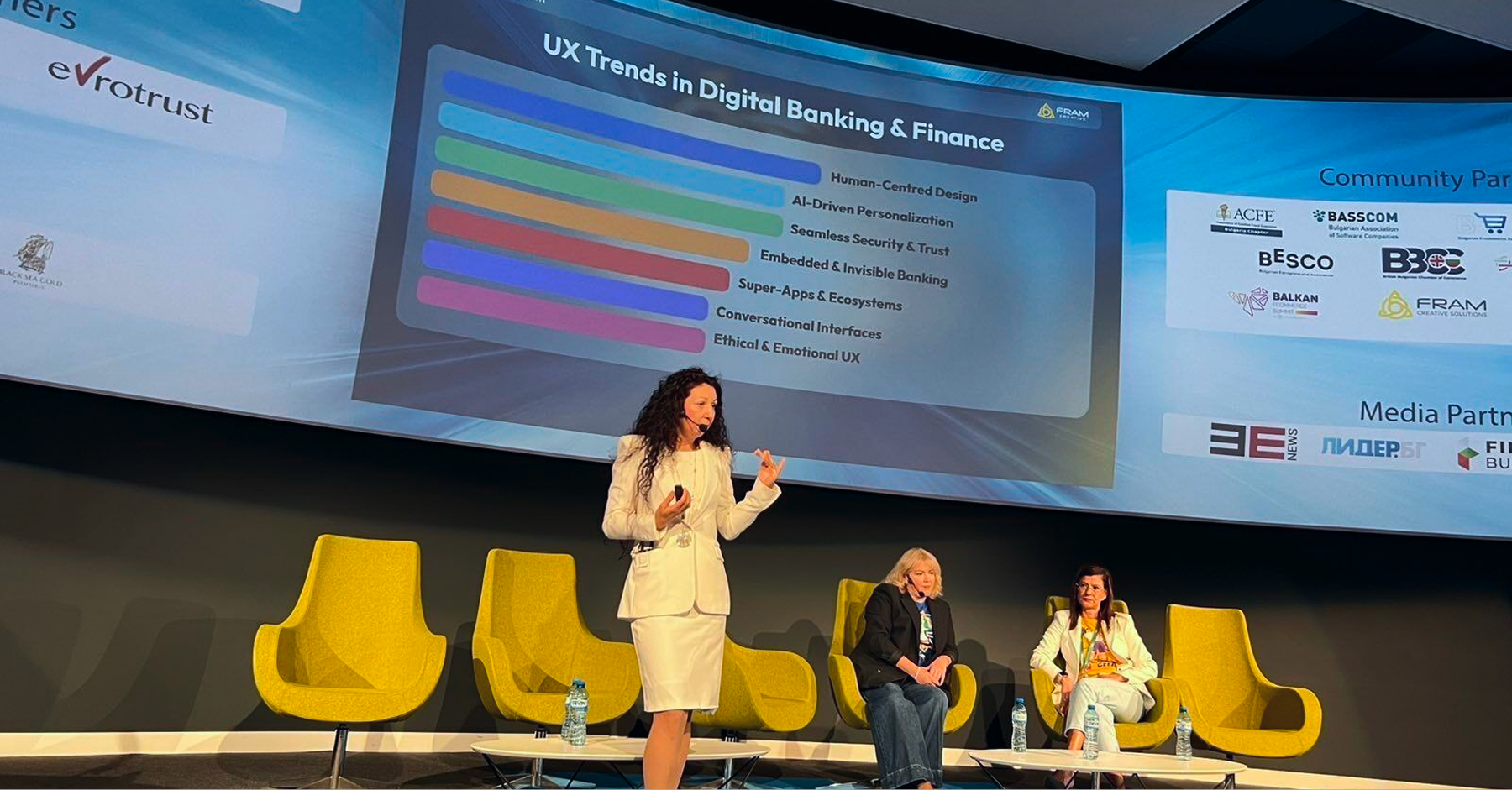Futuretech
Real Estate
MedTech
Security & Insurance
The Playbook of Accessible Design for Business Owners


Web accessibility allows everyone, including people with disabilities, to perceive, understand, navigate and interact with the Internet
Every website and mobile app must include an accessibility statement that describes the level of compliance with the accessibility requirements, any non-compliance, and the reasons for non-compliance.
Websites and mobile applications must comply with the Web Content Accessibility Guidelines (WCAG) 2.1 Level AA. WCAG provides a set of guidelines to make web content more accessible to people with disabilities.
A feedback mechanism must be in place for users to report accessibility issues or request access to inaccessible content.
Accessibility should not discriminate against any group of users, including those with disabilities.
Content should be provided in alternative formats, such as text transcripts for audio content and captions for video content, to ensure accessibility for users with disabilities.
Websites and mobile applications must be navigable and operable via keyboard-only navigation to accommodate users who cannot use a mouse.
If there are any time limits on the use of website content or applications, users should be able to adjust, extend, or turn off these time limits.
Websites and mobile applications should be compatible with commonly used assistive technologies, such as screen readers and voice recognition software.
The EU Directive on the Accessibility of Websites and Mobile Applications is applicable to a wide range of entities within the European Union. Specifically, it applies to:
- Public Sector Bodies: This includes government departments, local authorities, and other public sector organizations at national, regional, or local level. To mention some examples: national government ministries, regional government agencies, public hospitals, schools, etc.
- Private Sector Entities: This covers the private sector entities that provide essential services to the public. For example, online banking services, e-commerce websites, and travel booking platforms.
- Non-Governmental Organizations (NGOs): NGOs that are established as legal entities within the EU and provide services to the public are also covered by the directive. E.g., Charitable foundations, health and medical research organizations, environmental advocacy groups.
The directive is to ensure that websites and mobile applications of these entities are accessible to all users, including those with disabilities. Accessibility requirements cover a wide range of aspects, including content presentation, functionality, and user interface design.
As designers we must ensure that business websites are following the Web Accessibility Directive's rules to avoid legal issues. This means making sure websites and apps are accessible to everyone.
Accessibility is about making digital products usable for everyone. By designing with accessibility in mind, we create products that are easier to use for a wider range of people, improving the user experience for everyone.
We have a duty to create inclusive and accessible digital products. By focusing on accessibility, we are helping businesses to build a more fair and inclusive digital world.
There's a growing demand for websites that are proficient in their accessibility. By ensuring great accessibility services, your business is standing out in the market.
Accessible designs are often easier to use and understand. By focusing on accessibility, we are improving the overall user experience of their designs.
Designing with accessibility in mind from the start can help avoid costly changes later on. It makes designs more flexible and adaptable to future updates, ensuring long-term compliance with accessibility standards.




Our friendly team would love to hear from you.
By submitting this form you agree with our Privacy Policy



